Pickleball Singles Strategy: Top 10 Tips to Dominate Your Opponent
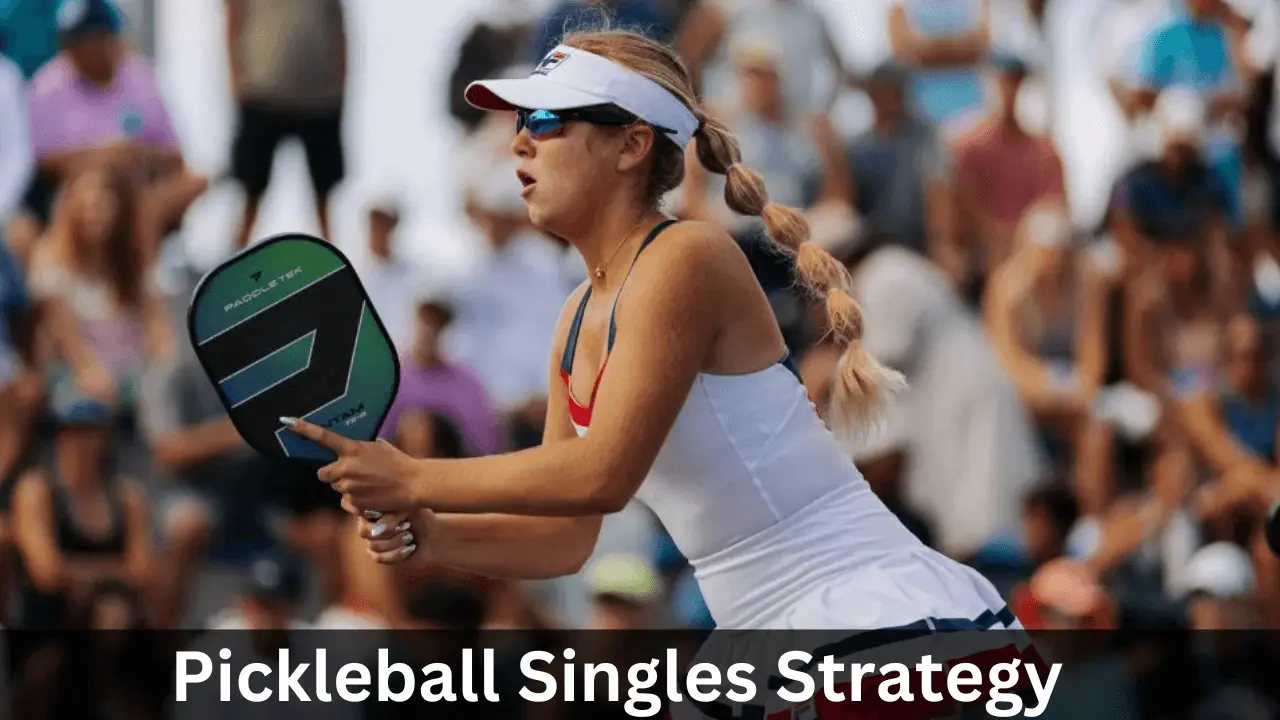
Do you know what an effective pickleball singles strategy is? Singles pickleball and doubles pickleball are two very distinct games.
When playing singles pickleball, you find yourself alone on your side of the court, facing your opponent with no partner to rely on. This means that you must be able to cover the entire court, execute every shot, and devise a winning strategy on your own. The strategy involved in singles pickleball is what sets it apart from doubles pickleball.
In singles pickleball, what is the best strategy? This blog provides a comprehensive breakdown of various types of tips for improving your singles pickleball strategy. Whether you’re a beginner trying your hand at singles pickleball for the first time, or an experienced pro seeking to refine your approach, these top 10 tips are sure to elevate your game and help you to dominate your opponents.
1. Pickleball: Serve deep
In doubles pickleball, a deep serve can be a crucial strategy, but in pickleball singles strategy, a big and deep serve is even more vital and necessary. By hitting a big, deep serve, you can force your opponent beyond the baseline, making it harder for them to return the ball and easier for you to set up a strong third shot.
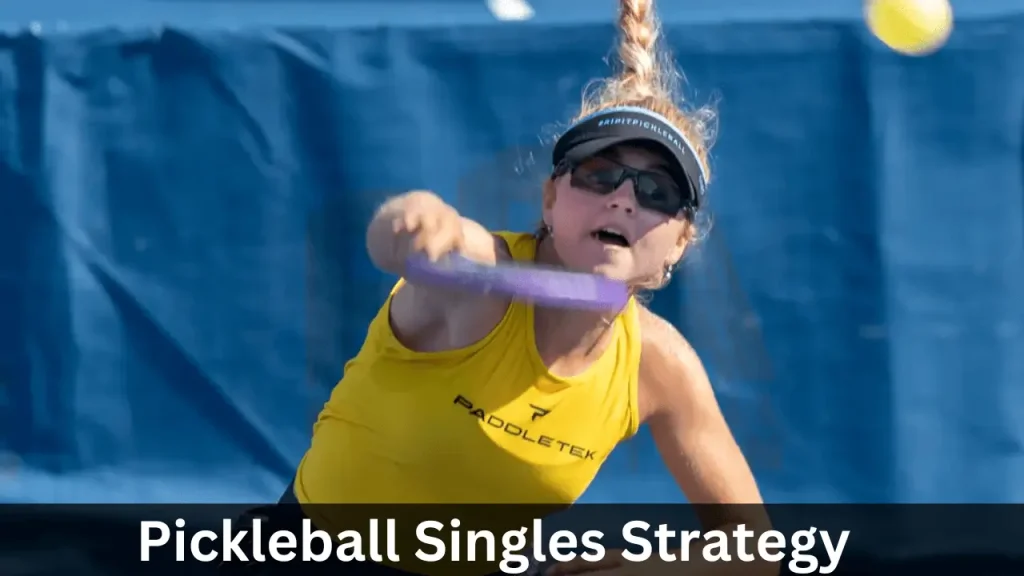
A successful first shot can give you a significant advantage over your opponent during a game. Nonetheless, it’s important to note that while a deep serve is preferred, you must ensure that you don’t hit the serve out of bounds by giving yourself a small margin for error.
Remember that the service is one shot on the pickleball court that you can perfect with practice and have complete control over, except for the impact of wind. Consequently, when serving, it is imperative that you maintain a high level of accuracy.
2. Serving near the “T” in Pickleball
In singles pickleball, another effective strategy is to aim for the middle of your opponent’s side of the court while staying within the designated service box while serving your serve.
Try to serve near the intersection of the centerline and the baseline, which is often called the “T” intersection. This approach will reduce the number of steps you need to take and the time required to prepare for your next shot after the serve.
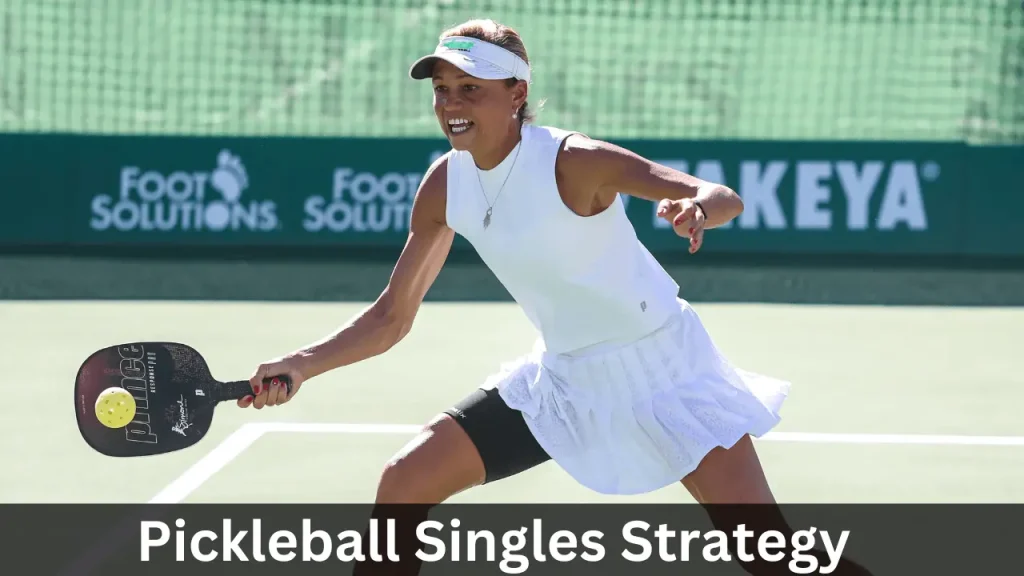
Additionally, you’ll likely be positioned near the center of the court to receive your opponent’s return, limiting their ability to hit tricky angled shots. While serving near the “T” is a recommended guideline, it’s important to vary your serve placement to avoid becoming too predictable for your opponent.
Be sure to mix up your serves and keep your opponent guessing.
3. Played Consistently Deep Returns of Serve
In doubles pickleball, hitting a big, deep return of serve can be a valuable strategy, but in pickleball singles strategy is even more critical. To execute this strategy, aim to hit the return deep in your opponent’s side of the court, close to the baseline but still within the court.
Doing so will make it harder for your opponent to set up a strong third shot, and it will give you more time to react and get to the net. Also, it’s advisable to target your opponent’s weaker backhand side while returning the serve.
Similarly to the serve, while hitting a deep return is preferred, it’s crucial to avoid hitting the ball out of bounds due to a small margin of error. A missed return can result in an easy point for your opponent.
4. Pickleball Singles Strategy: How to Respond to a Bad Return of Serve
Although a big, deep return of serve is the recommended strategy in singles pickleball, sometimes you may hit a bad return. In such a situation, you have two options to choose from:
To regain your position in the rally, you have the option of staying back at the baseline and playing defensively. In preparation for the opponent’s third shot, the Kitchen Line is a few feet back from the non-volley zone line (in case they miss their first shot).
Your goal as you move in is to limit the angles that your poor return of serve creates. Deciding between these two options may depend on various factors, such as your strengths, your opponent’s strengths, and the severity of your return of serve.
5. Importance of Momentum and Space
In pickleball, it’s crucial to consider momentum as well as open court space. Let’s say your opponent has just retrieved a great shot and is now racing to the middle of the court after hitting a drive. As you prepare to hit their shot, you notice you have two options: hit the ball
(a) to the open space on the left side of the court or
(b) to where your opponent just was standing on the right side of the court.
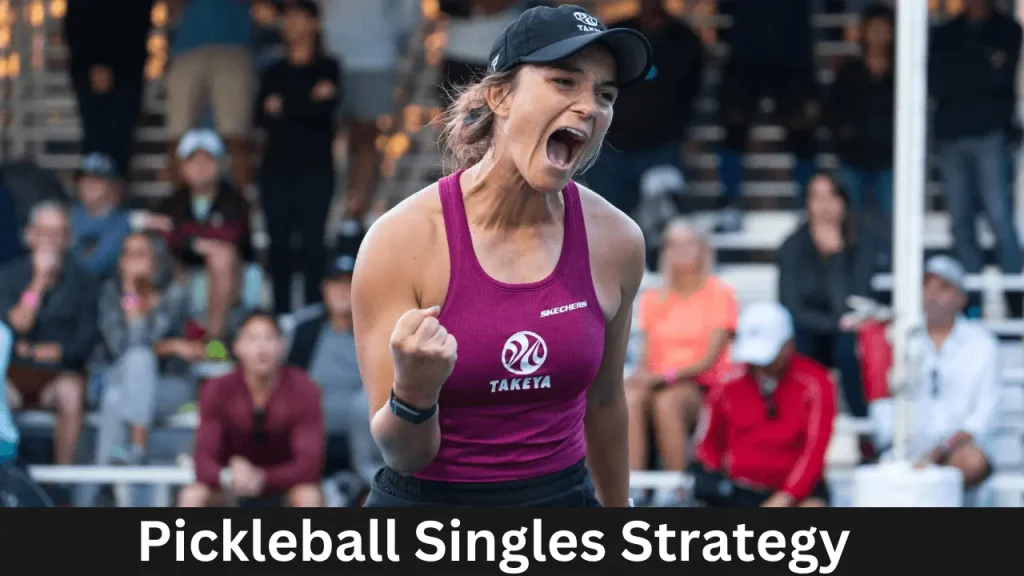
What should you do? While hitting the ball to open court space is usually a great strategy, it’s not always the best option. Your opponent’s momentum can be difficult to stop or change direction, so it’s essential to consider where their momentum is taking them and hit the ball in the opposite direction.
However, if your opponent doesn’t have any momentum, you can look for open court space and use angles and passing shots to defeat your opponent. Remember, it’s important to assess the situation and choose the best option accordingly.
6. Master Your Technique: Why Tracking Your Pickleball Shots is Essential
After hitting your third shot as a server or returning to serve as a receiver, don’t rush to the Non-Volley Zone or Kitchen Line in the middle of the court. Instead, focus on tracking the flight path of your shot. By doing so, you’ll position yourself between your opponent and your closest side of the court.
This strategic positioning forces your opponent to hit the ball to the side you’re already covering or attempt a crosscourt shot, which is more difficult and gives you more time to reach the ball. By following and tracking your shot, you’ll apply more pressure on your opponent and gain an advantage in positioning on the court.
7. Master the Kitchen Line: Take Your Pickleball Game to the Next Level
A majority of pickleball points, in both singles and doubles games, are won at the Non-Volley Zone Line, so moving in and getting to the Kitchen Line is crucial to the success of one’s game.
By doing so, you can cut off your opponent’s angles on the court and increase your chances of winning. To make this pickleball singles strategy work, hit a deep return serve, follow the flight of the pickleball, and move into the Kitchen Line to properly cut off your opponent’s angles on the third shot.
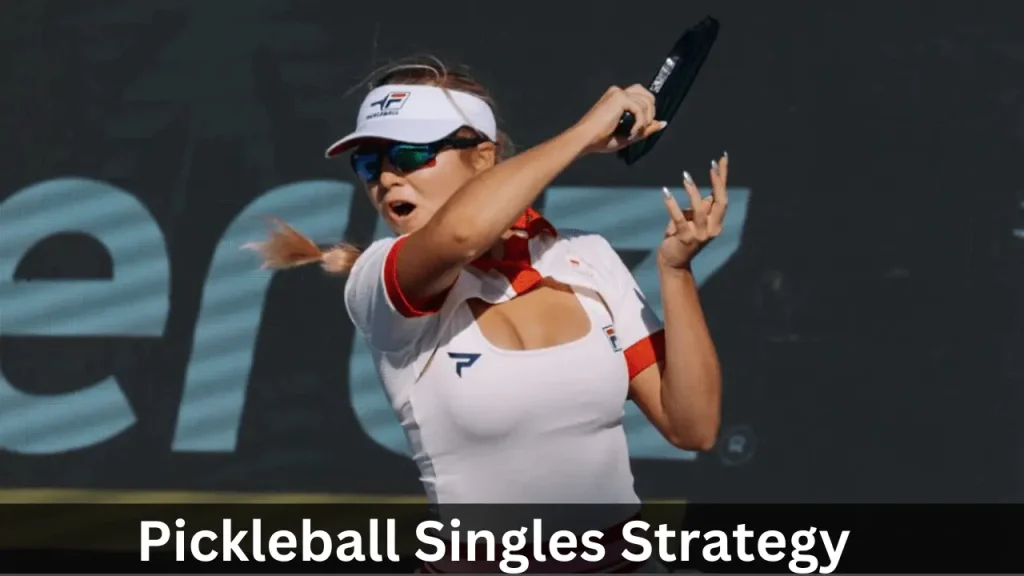
Although you may get burned a few times with a good passing shot, remember that the majority of points are won at the Kitchen Line, making it a key strategy to win in pickleball.
8. Let Your Opponent Make the Mistake
The Pickleball singles strategy that can help you win is to pressurize your opponent and allow them to make mistakes instead of going after the winners. However, this approach often leads to more mistakes due to the smaller margin of error.
In singles pickleball, a strategy that can help you win is to pressurize your opponent and allow them to make mistakes instead of going after the winners. By forcing your opponent to go for a risky shot, you increase the chances that they will make an error.
This tactic is particularly effective towards the end of a game or at match point when the losing player may feel the need to “go big.” Allow your opponent to be the one to make the mistakes on the pickleball court.
9. Soft Game can’t be Ignored
As a doubles pickleball player, it’s crucial to have a soft game, but that doesn’t mean it should be overlooked in singles play. In fact, the game is constantly changing and players are increasingly using well-placed dinks and drop to gain an advantage.
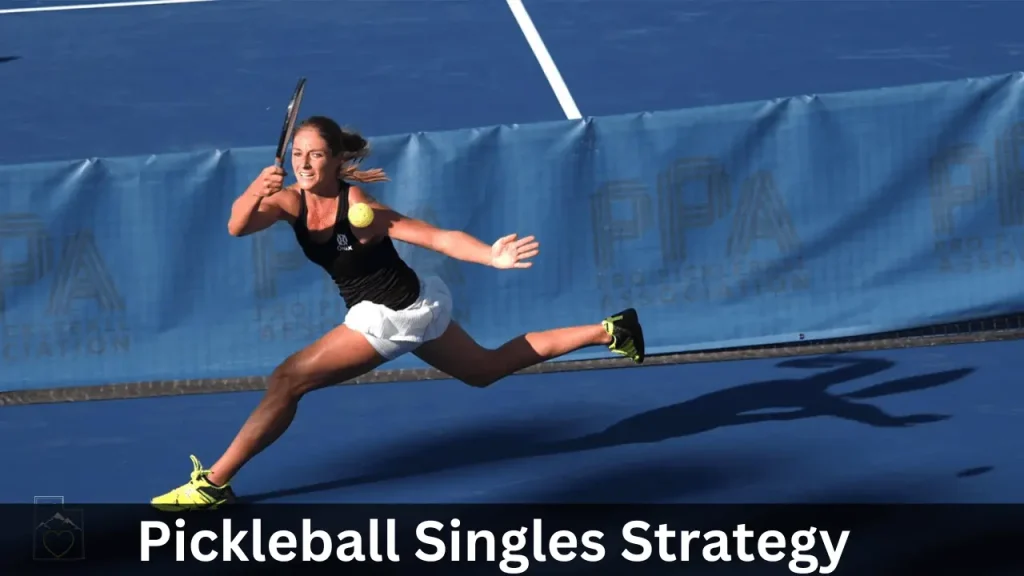
Once you’re comfortable with the pace and angles, try experimenting with these shots to give your singles game an extra boost and a competitive edge.
10. Up Your Cardio!
Playing singles pickleball requires quick movement and covers the entire court, making it a challenge for endurance and body fitness. In some cases, the player who can withstand the physical demands of the game wins.
To avoid losing a game due to exhaustion, it’s crucial to enhance your stamina and endurance on the court. Engage in activities like jogging, cross-training, hiking, or any other physical exercise that increases your heart rate to boost your cardio.
Final Thoughts
As a player, you’ll find that the pickleball singles strategy demands more offense than the pickleball strategy doubles. To succeed in this fast-paced game, you need to have a high level of fitness and be ready to move around the court constantly.
Hitting your serves deep and with power is important, and you must also focus on going for quick wins instead of relying too much on your short game. An essential skill in singles pickleball is the ability to hit hard passing shots that are out of reach for your opponent.
This requires mastering the use of the entire court, including cross-court shots and line drives. In addition to being fun, playing singles pickleball is an excellent way to stay in shape and improve your doubles game.
To win at singles, you need to add power to your shots and keep your opponent guessing. By developing these skills and strategies, you will become a stronger overall player.
